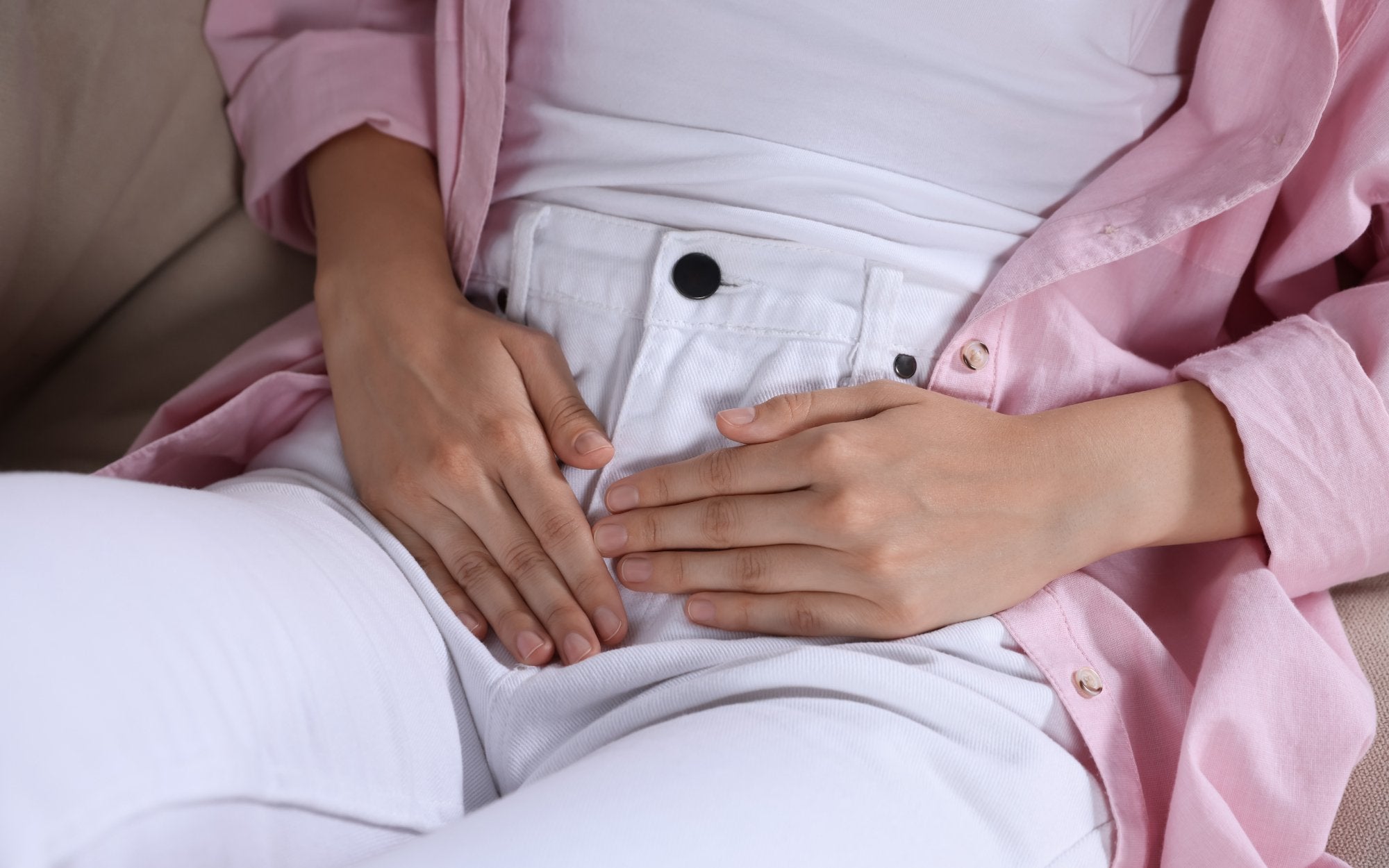Yeast infection vs. UTI: How can you tell the difference?

Sometimes telling the difference between a yeast infection and a urinary tract infection (UTI) can be tricky. It’s a small space down there, after all.
UTIs are typically caused by bacteria that gets into the urethra and invades the bladder wall. They present with a sudden onset of burning while urinating and a constant urge to urinate. The burning is the worst during and immediately after urination. Although patients who have a UTI experience a constant need to urinate, usually only a few drops of urine come out.
Aside from these symptoms, people who have a UTI may experience lower abdominal or back pain, and occasionally a fever - although that is rare and is usually a sign of a more severe infection. Patients with UTIs do not typically feel a constant vaginal pain, burning, and itching. That is where yeast infections come in!
Yeast are organisms that can infect the vagina during an opportune moment. Common risk factors that can promote the growth of yeast and trigger a yeast infection include changes in vaginal PH, stress, recent antibiotic use, weakening of the immune system, and moisture.
Yeast infections usually present with constant vaginal itching or burning, not related to urination, and occasionally vaginal discharge. Yeast infections cause a constant discomfort down there. The vagina typically appears redder because it is inflamed, which is not the case with UTIs, which affect the inside of the urethra and the bladder, rather than the vagina.
Finally, the treatment for yeast infections and UTIs are vastly different. While antibiotics are used to treat UTIs, yeast infections can be treated with vaginal creams and occasionally oral antifungal medicine.
Many people get yeast infections after a UTI. That’s because recent antibiotic use is a big risk factor for the growth of yeast. Antibiotics kill the good bacteria in the vagina. This alters the microbiome and thus the microenvironment of tissue, which predisposes one to a yeast infection. One of the best ways to prevent yeast infections after antibiotic use is by taking probiotics during antibiotic use. Probiotics are good bacteria that help maintain the microenvironment of the vagina in balance.
Knowledge is power
Sign up to our newsletter to keep learning!

- Choosing a selection results in a full page refresh.
- Opens in a new window.




